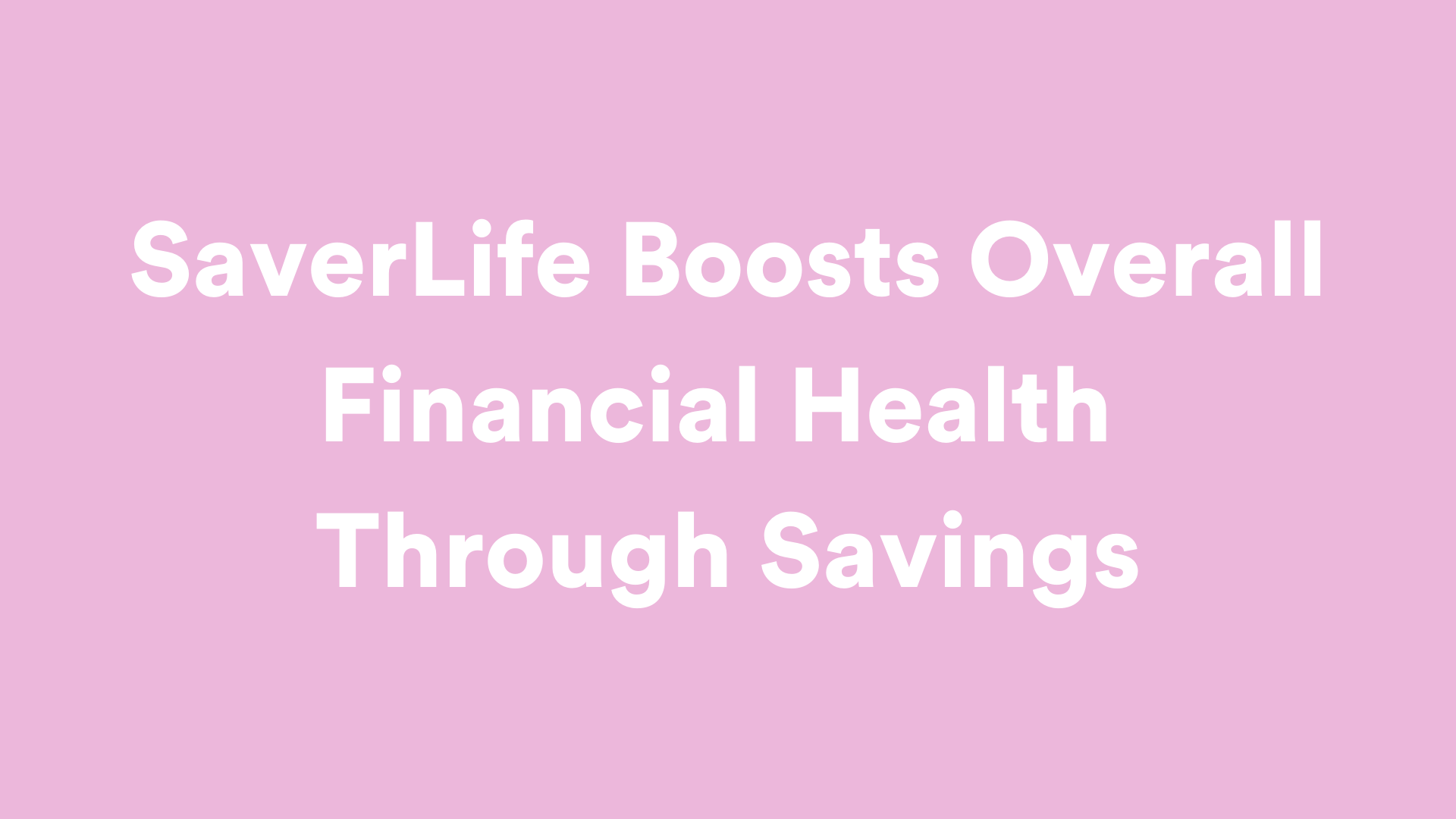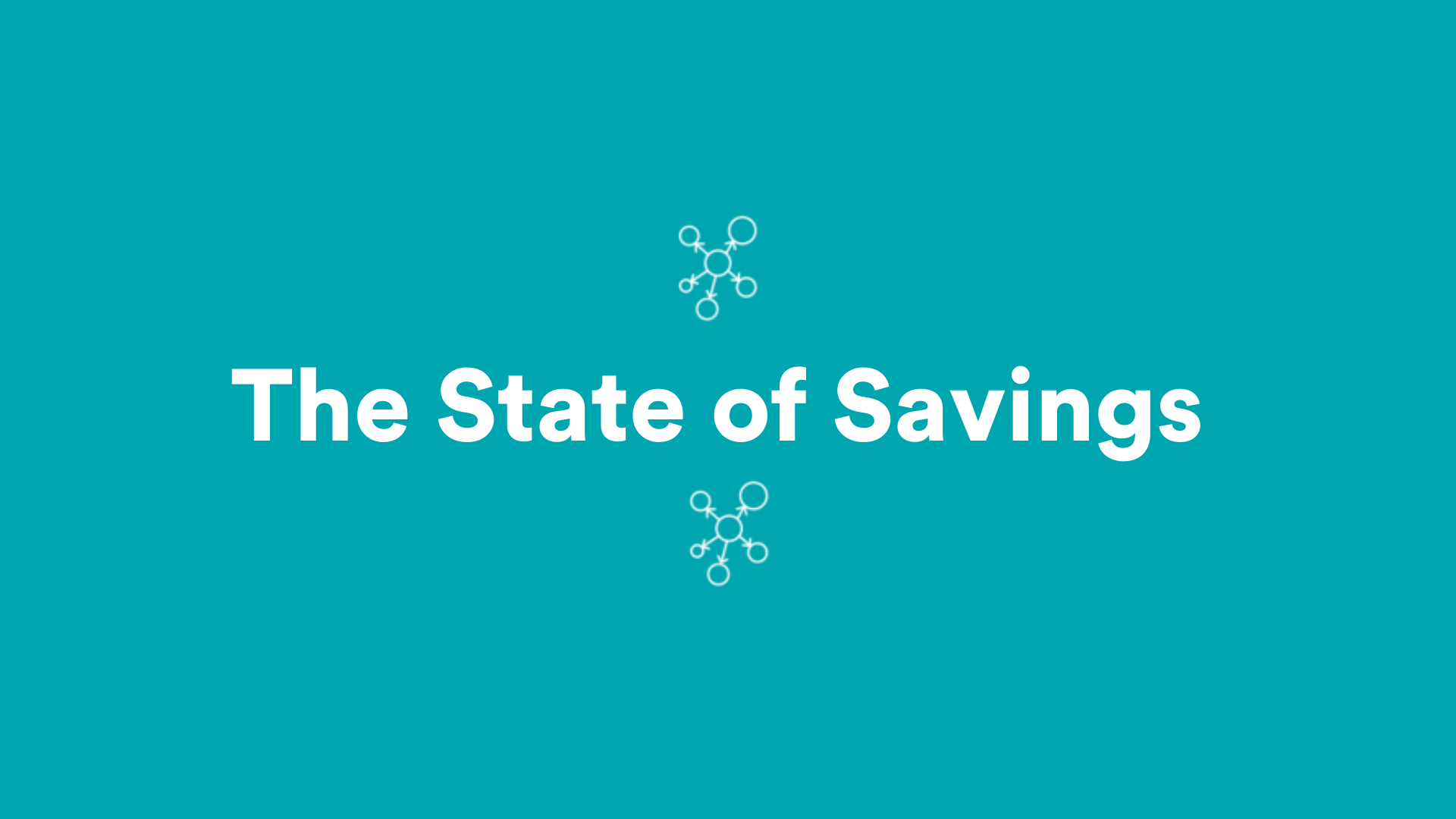Communities on the Rise: Building Prosperity Together in Bluefield and Johnstown
Intuit Prosperity Hubs arrived in Johnstown, Pennsylvania and Bluefield, West Virginia with an ambitious goal:
To build economic prosperity in communities in economic transition with high-quality jobs, vocational training, and resources to help small businesses thrive.
Recognizing the importance of saving to change the trajectory of families' financial futures, SaverLife partnered with Intuit to increase savings rates in these communities. During a nine-month pilot, SaverLife blended our flagship digital experience with a robust grassroots outreach campaign to build a culture of savings in Johnstown and Bluefield.
Regions on the Rise
Johnstown, Pennsylvania
In Johnstown, PA, 65% of residents earn less than $35,000 a year, and 37% live below the poverty line.*
Bluefield, West Virginia
In Bluefield, WV, 25% of residents live below the poverty line, and 78% have less than a bachelor’s degree.*
*Prosperity Now Scorecard
Getting to Know the Communities
To understand the communities and their core challenges to financial health, SaverLife interviewed banks and community leaders, attended local community events, and surveyed residents. SaverLife needed to address three key challenges in Bluefield and Johnstown for our digital model to work effectively:
Challenge 1: Fewer people use online banking than our typical client populations.
Challenge 2: Familiarity with financial technology products is lower, especially those that require linking an online bank account.
Challenge 3: Information is disseminated in a variety of ways, including online, local media, community events, and word of mouth.
The most critical element to success is building trust. While the arrival of Intuit and the subsequent boost to the local economies created a halo effect, SaverLife recognized the need to become ubiquitous in the community to be seen as a trusted resource.
SaverLife launched efforts in the regions with three key strategies: establishing employer partners as anchor institutions, creating community savings challenges to encourage engagement and drive savings, and combining digital and grassroots outreach efforts.
Three Key Strategies
Employer Partners as Anchor Institutions
Intuit business partners Alorica and Concentrix quickly became two of the largest employers in the regions, employing more than 70 residents in Bluefield and 265 in Johnstown at newly opened customer success centers. Adapting our SaverLife Solutions white-label technology to increase the financial stability of the call center employees was a logical starting place.
Employers provide a trusted communication channel, usually resulting in higher participation rates. In addition, call center employees are likely to be comfortable with technology and more likely to engage with digital tools like SaverLife than the community as a whole.
EMPLOYER-DRIVEN PROGRAM DESIGN
“75% SAID...
LEARNING ABOUT SAVERLIFE AS AN
EMPLOYEE BENEFIT MADE THEM MORE LIKELY TO SIGN-UP
66% SAID...
RECEIVING THE PRODUCT
AS AN EMPLOYEE BENEFIT
MAKES THEM MORE LIKELY TO
STAY WITH THEIR EMPLOYER ”
Employees at both sites were offered SaverLife as an employee benefit to boost their financial wellness. Each employee received a $1:$1 match of up to $40/month plus a $20 bonus to support a goal of building $500 in emergency savings.
SaverLife visited the Alorica and Concentrix offices to host sign-up events and created digital and print marketing materials to build on the employer-employee relationship. SaverLife also worked with on-site leadership to provide referrals to local banks and credit unions that could assist employees in setting up a savings account and signing up for SaverLife.
Results from the pilot were strong. Employees signed up at double (Concentrix) and quadruple (Alorica) rates of similar SaverLife employer programs. SaverLife hypothesizes that the higher sign-up rates at Alorica are due to strong engagement from site directors — employees received regular communication about SaverLife. As well, Alorica’s customer success center in Bluefield opened more recently, and SaverLife was offered as an onboarding benefit.
A Community-First Approach to Savings
MSaverLife’s top priority was to increase financial health throughout the regions. We designed a community-first approach based on motivational savings challenges. This included:
$5 sign-up bonus for joining
The Race to $500, a challenge to save $500 over the course of two months
$20,000 prize pool for each community
Scratch & Save, a product that gamifies the savings experience
To further engage the community, SaverLife launched a story contest, which was advertised on local tv, radio, and in newspapers. Residents who submitted an entry to the prompt “what does savings mean to you?” were eligible to win a $5,000 grand prize and two $2,500 runner-up prizes.
The Bluefield and Johnstown communities have a strong culture of giving back. To highlight the savings success of the community, SaverLife awarded two community organizations $15,000 Savings Challenge grants to match the savings success of residents. SaverLife contributed $15,000 to the Li’l Tony Five for Five Scholarship Fund in Bluefield, and $15,000 to the Cambria County Library Children’s Section in Johnstown.
Combining Digital and Grassroots Outreach to Increase Engagement
SaverLife adapted digital strategies for the Bluefield and Johnstown markets and created three successful marketing strategies.
ADAPTING DIGITAL ADVERTISING FOR LOCAL MARKETS
Advertising on Facebook and YouTube gained nearly two million impressions in the regions, yet digital strategies were initially less effective in driving signups than in larger markets. Realizing that our digital ads performed better when the content was localized, we adapted our strategy to engage local residents. We engaged Johnstown Tomahawks Coach Mike Letizia and local Bluefield radio host Micah Frisbee to create regional ads. The local ads featuring radio host Micah and the Tomahawks head coach performed significantly better than the standard SaverLife ads, lowering the cost per click by 68% and 34%.
STRONG FOCUS ON REGIONAL MEDIA
SaverLife effectively used regional media to gain trust and build awareness of SaverLife. Billboards increased name recognition and encouraged residents to join SaverLife. Local radio and television shows promoted SaverLife and the community challenges over the nine-month pilot. The radio ads ran twice a day for 14 weeks. SaverLife saw significant increases in sign-up rates after local media coverage.
A COMPLEMENTARY GRASSROOTS STRATEGY
SaverLife found that local sporting event sponsorship is a reliable and cost-effective way to build brand recognition in smaller communities. As Bluefield Community and Economic Development Director Jim Spencer put it, “Football is king and basketball is queen.”
SaverLife sponsored the Mitchell Stadium in Bluefield, home of the Bluefield College Rams and Bluefield High School and Graham High School football teams. SaverLife attended the Bluefield vs. Graham football and basketball games, giving away more than 2,500 SaverLife t-shirts and promotional swag. SaverLife also tabled at local festivals and events, sharing information on SaverLife and giving away prizes, like gift certificates to local restaurants.
SaverLife sponsored the Johnstown Tomahawks arena events and ice hockey season with scoreboard and arena advertising, gaining more than 300,000 impressions. The Tomahawks team members gave away more than 500 pieces of SaverLife swag to game attendees and a $5 sign-up bonus.
Once prosperous regions, the Bluefield and Johnstown communities have faced increasing economic struggles. With the support of Intuit, SaverLife took an innovative approach to successfully pilot a technology-based savings solution in two close-knit communities. SaverLife built a culture of savings in the Bluefield and Johnstown communities, helping more than 3,300 households begin their savings journey.



























